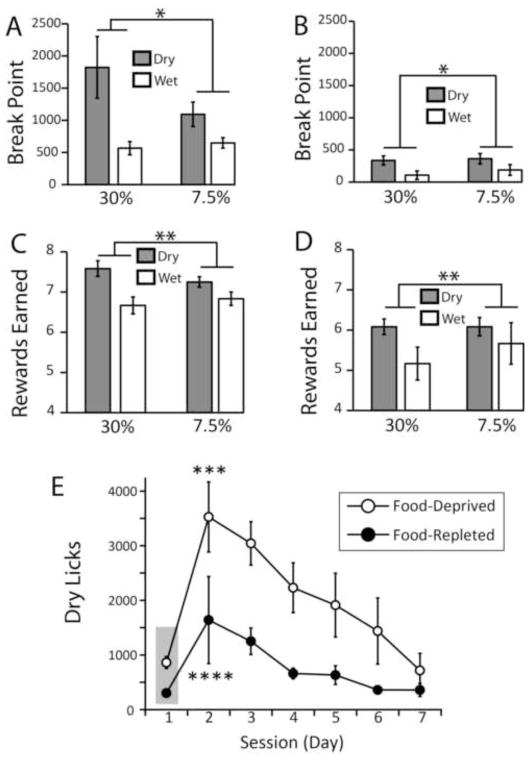Figure 3. Rates of dry licking during extinction and progressive ratio schedules of reinforcement.
The rewarding properties of oral and intra-gastric fat self-administration were assessed by employing progressive ratio schedules of reinforcement to both food-deprived and food-replete (5-day food repletion) mice. A. In deprived animals, we observed significantly larger break point values associated with dry compared to wet licking (two-way mixed effects ANOVA, between-group effect of route of administration F[1,16]=4.75, *p=0.04); an effect that did not depend on emulsion concentration (7.5 vs. 30%, F[1,16]=1.0, p=0.32). B. Similar results were obtained with food-replete animals; however, food repletion significantly decreased break point values associated with both dry and wet licks (overall effect of feeding state F[1,16]=18.5, p=0.001). C. The same results are obtained if, instead of break points, numbers of rewards earned are considered instead, in both food deprived (two-way mixed effects ANOVA, between-group effect of route of administration F[1,16]=10.5, **p=0.005) and D. food-replete mice (overall effect of feeding state F[1,16]=65.0, p<0.001). E. Further experiments were performed in both food depleted (N=7) and replete (N=7) mice during six daily extinction sessions that followed one baseline fixed ratio session performed on the first session day (delimited by gray area). We observed marked increases in dry licking on the first day of extinction in both depleted (one-way RM-ANOVA, session effect F[6,36]=10.2, p<0.0001; post-hoc t-test between day 2 first extinction session vs. day 1 baseline session, t[6]=5.6, ***p<0.01) and replete (F[6,36]=2.57, p=0.035; post-hoc t-test between day 2 first extinction session vs. day 1 baseline session, t[6]=2.9, ****p<0.05) mice. This was followed by a gradual across-session decrease in response rates.

